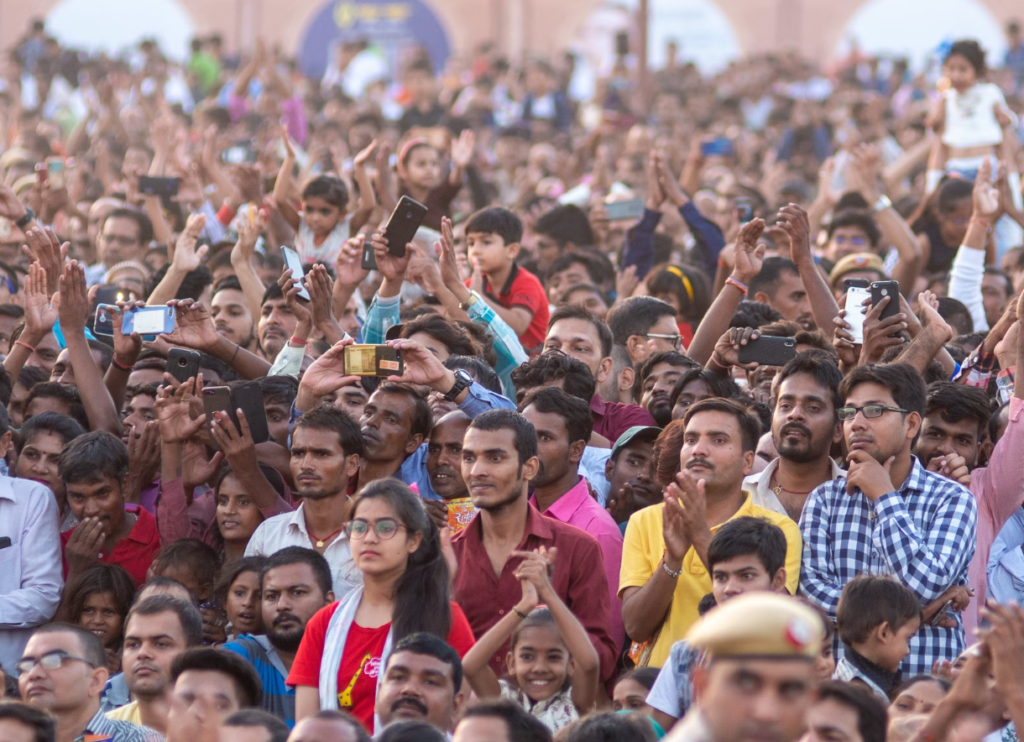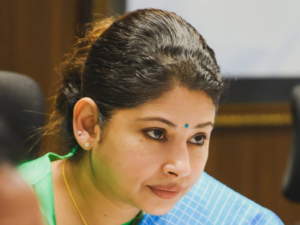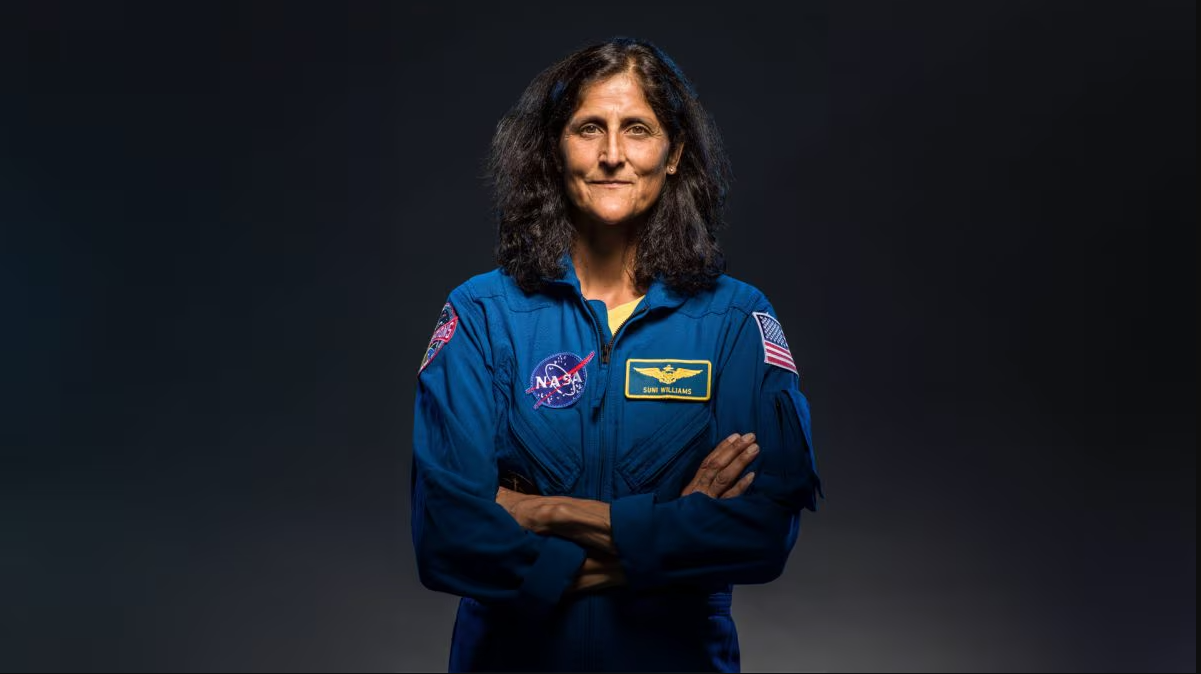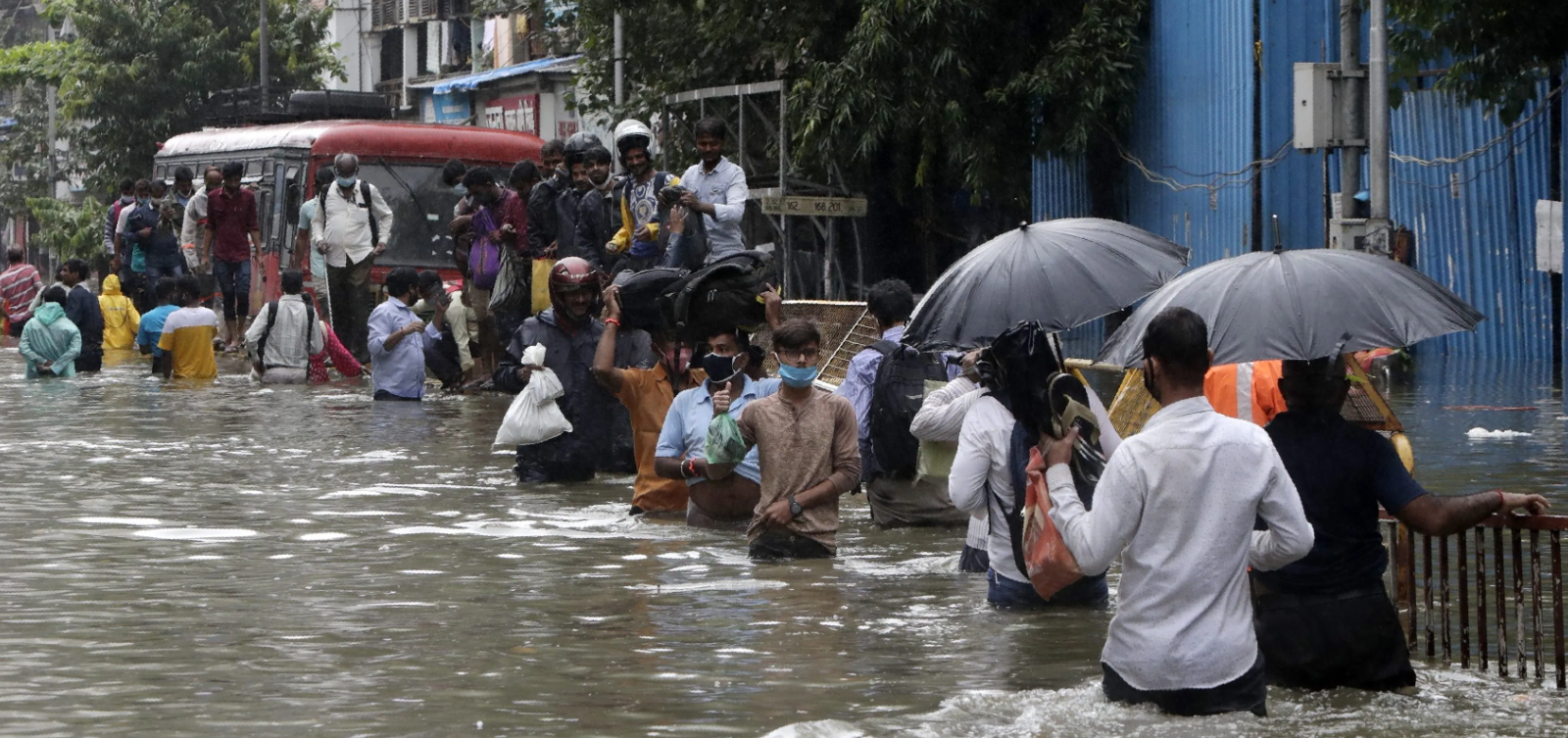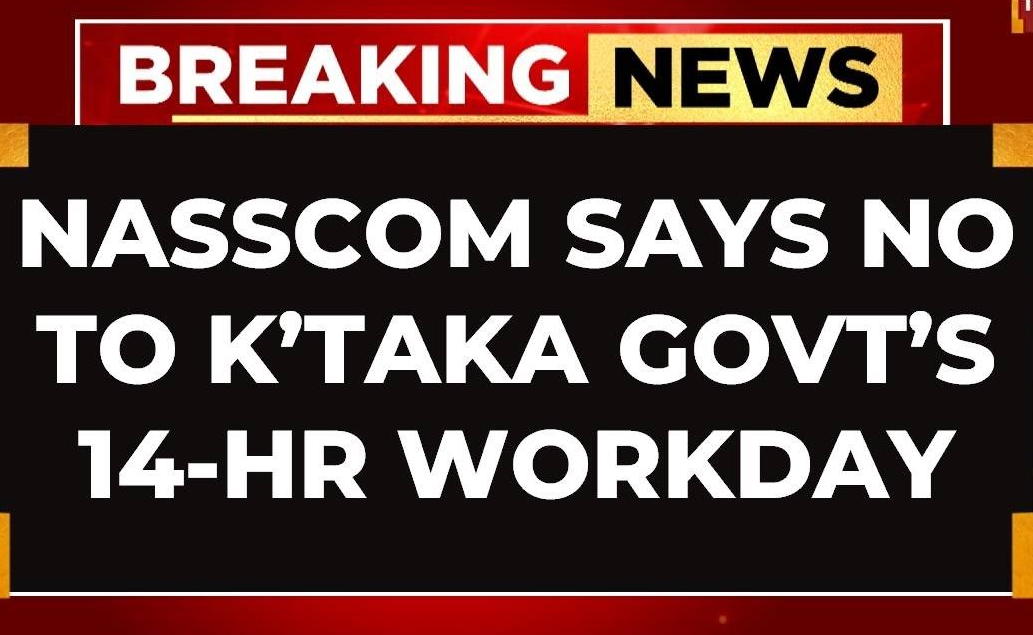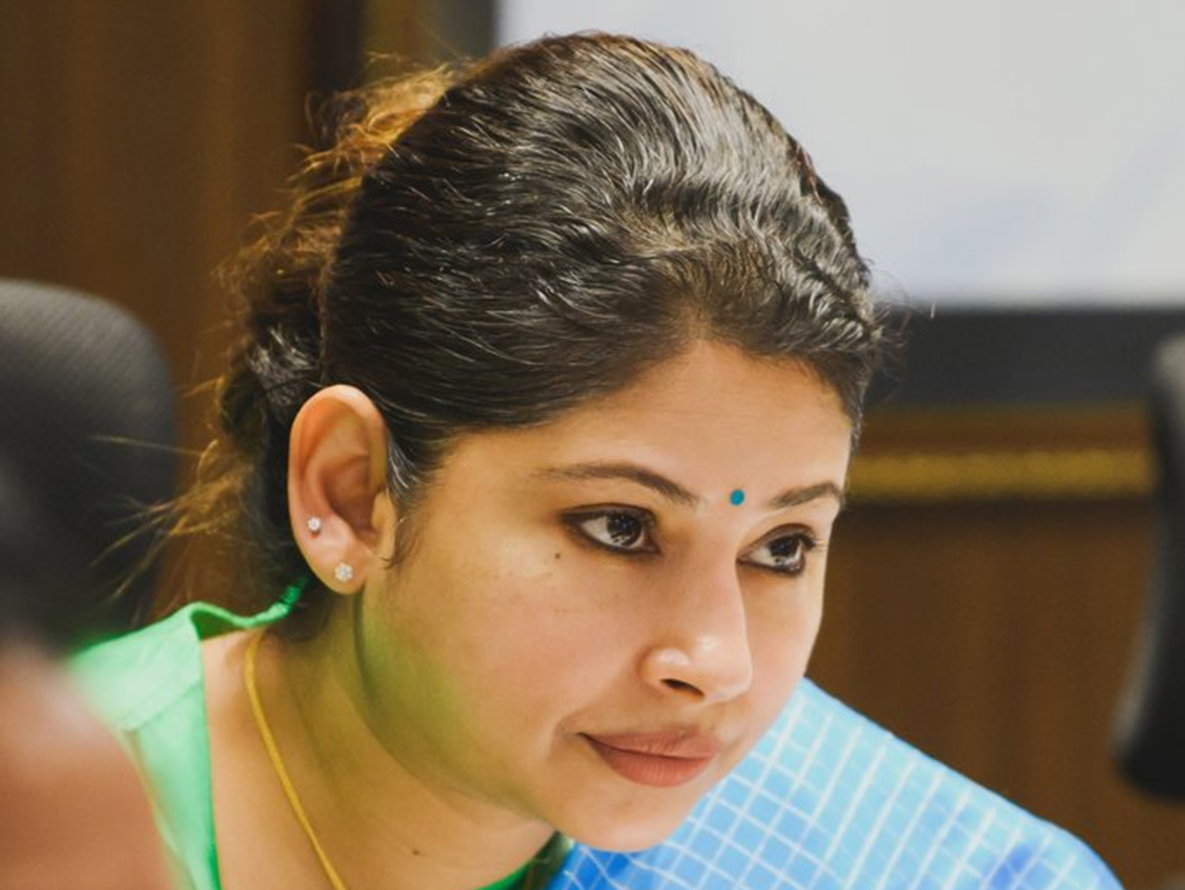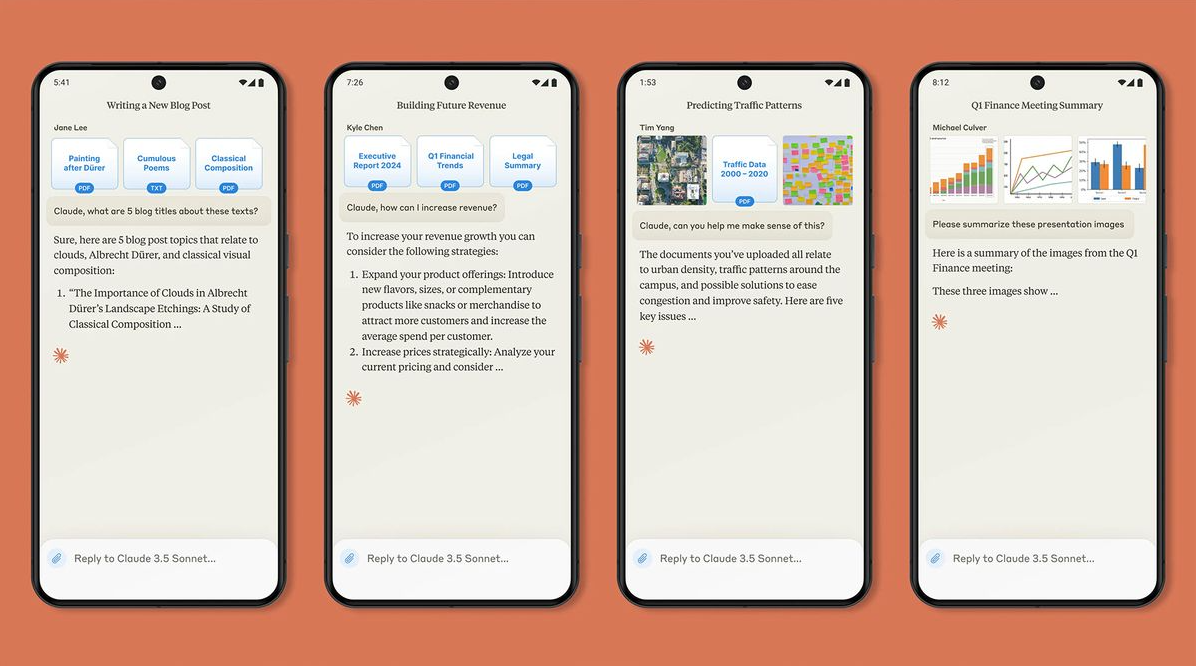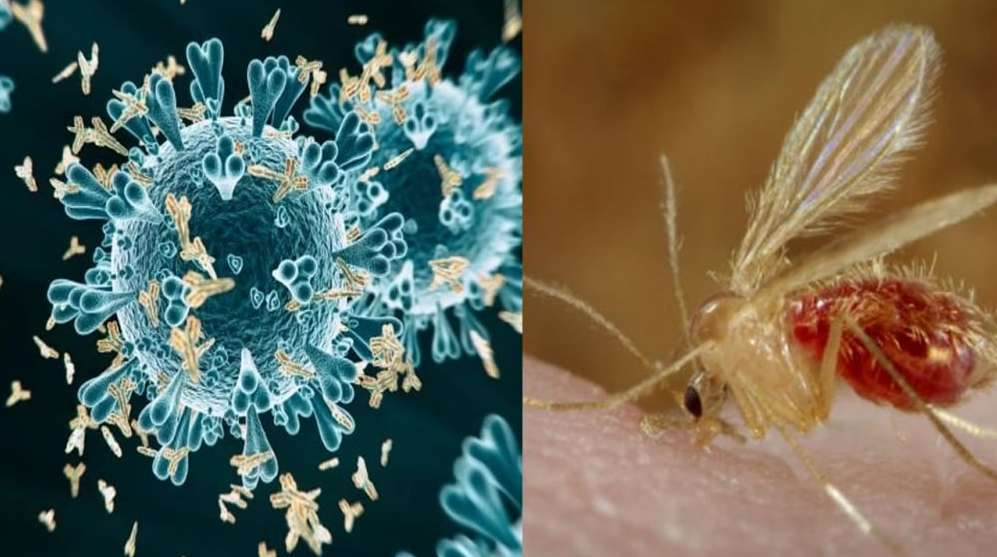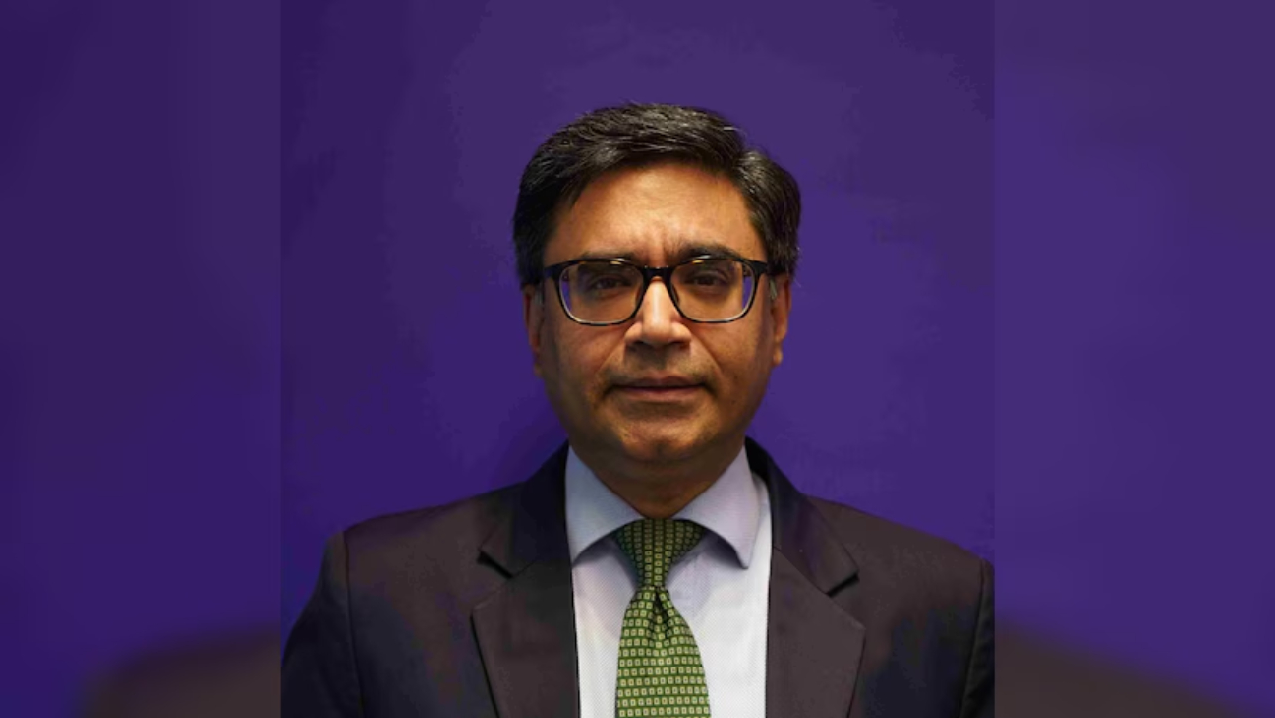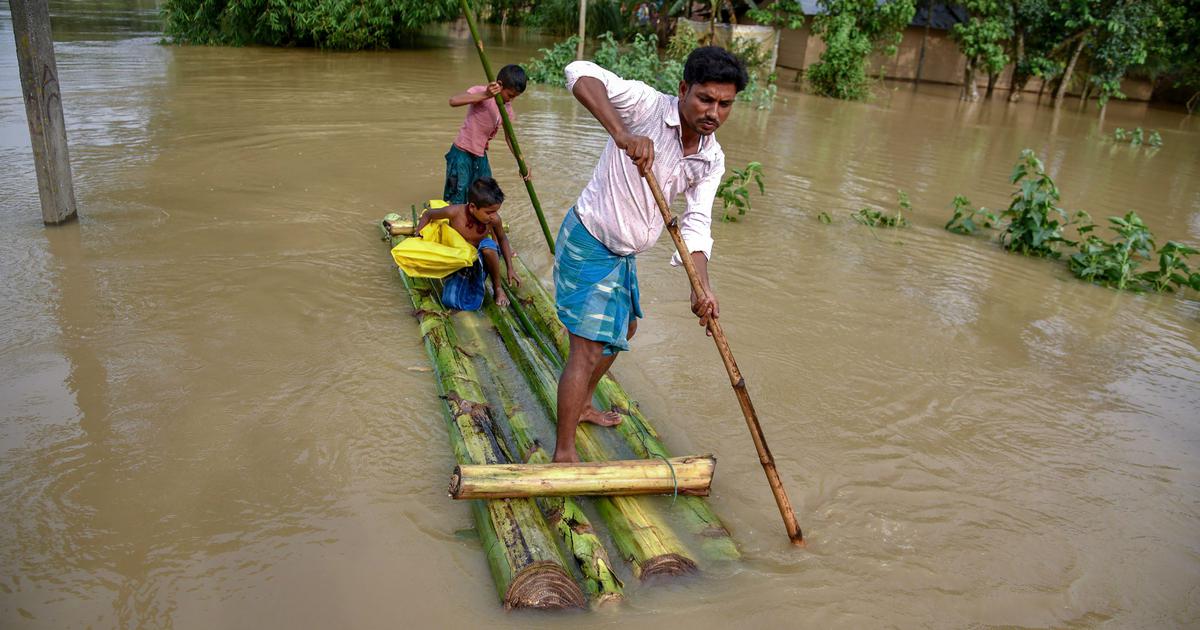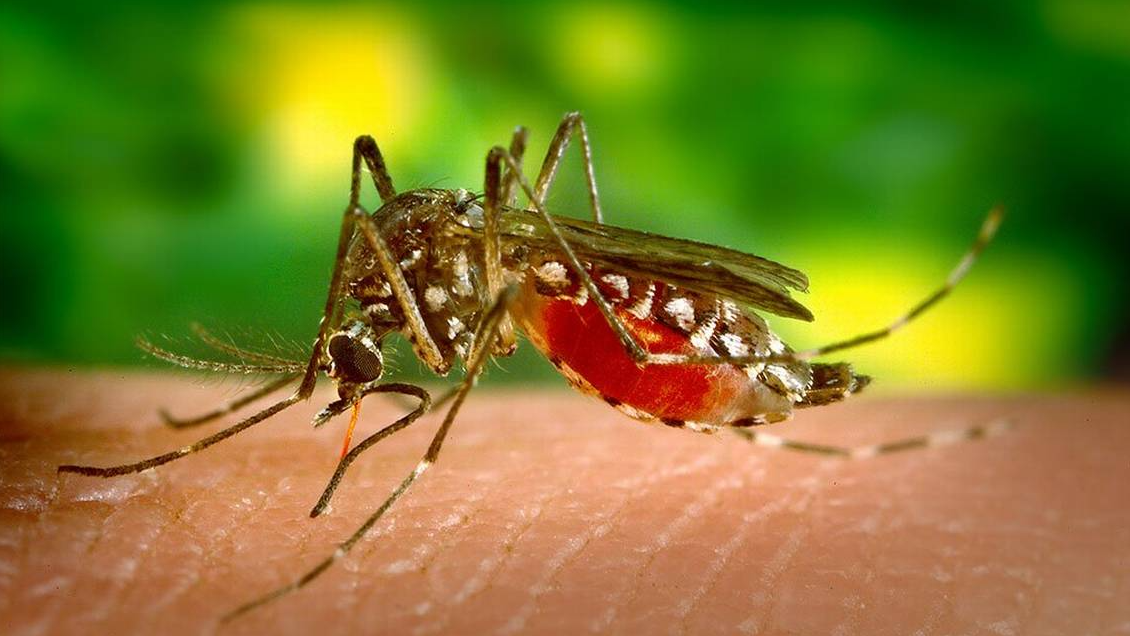India has surged ahead of China to become the most populous country globally, with an estimated population of 144.17 crore (1.44 billion), according to a recent analysis by the United Nations Population Fund (UNFPA). The UNFPA’s latest report, titled “Interwoven Lives, Threads of Hope: Ending Inequalities in Sexual and Reproductive Health and Rights,” predicts that India’s population could potentially double in 77 years.
Key Findings in Population Surge:
- Population Breakdown: Approximately 24% of India’s population falls within the 0-14 age bracket, while 17% are aged between 10-19. The age group of 10-24 constitutes 26%, and those aged 15-64 make up 68%. Additionally, 7% of India’s population is aged 65 years and above.
- Life Expectancy: Men in India have a life expectancy of 71 years, while women can expect to live up to 74 years.
- Maternal Health: Maternal deaths in India have significantly decreased, accounting for 8% of all such fatalities worldwide. Improved access to affordable, quality maternal health services and efforts to address gender discrimination have contributed to India’s success in this area.
- Inequities Persist: Despite progress in sexual and reproductive health, marginalized communities worldwide have been largely overlooked. Child marriage rates in India stood at 23% between 2006 and 2023.
- Maternal Mortality: While nearly one-third of India’s districts have successfully met the sustainable development goal of reducing the maternal mortality ratio to below 70 per 100,000 live births, 114 districts still exhibit ratios of 210 or higher. The highest maternal mortality ratio (1,671 per 100,000 births) is observed in Tirap district of Arunachal Pradesh, a rural area with a high proportion of indigenous peoples.
India’s population during the last census in 2011 stood at 121 crore. Now, as India overtakes China, it stands at the forefront globally, with China following closely at 142.5 crore1. The challenge lies in ensuring equitable access to healthcare and addressing disparities to secure a healthier future for all.


